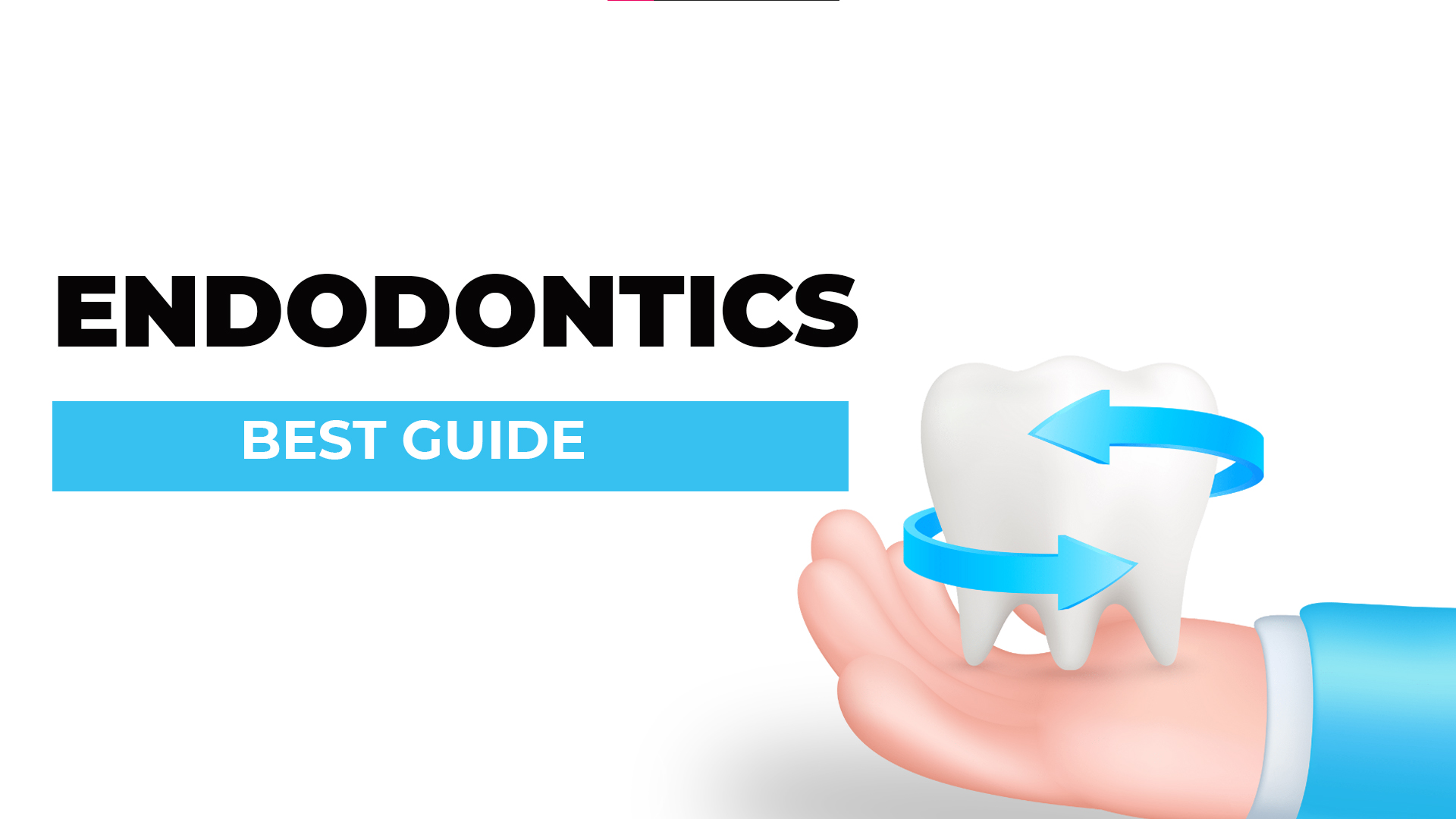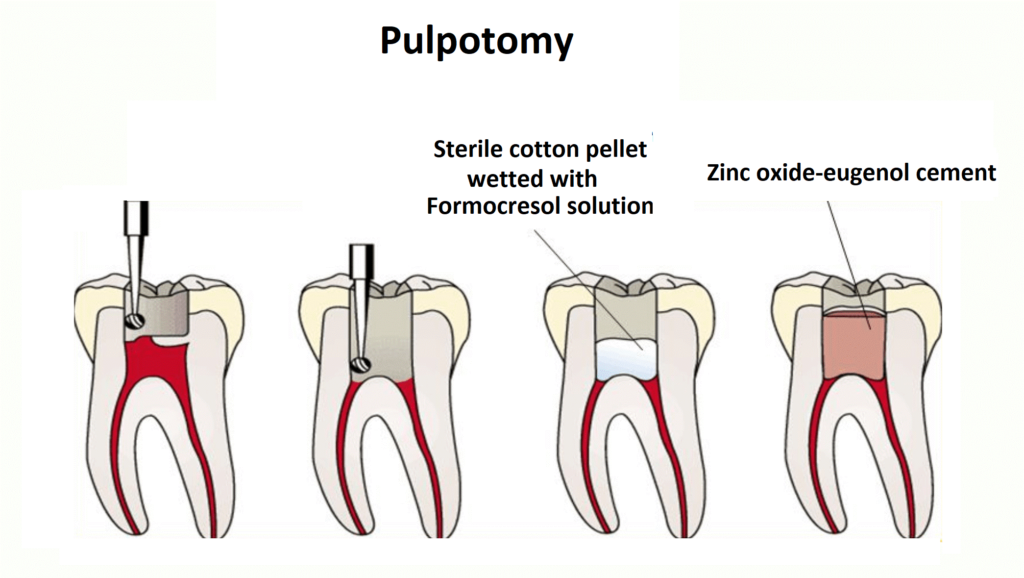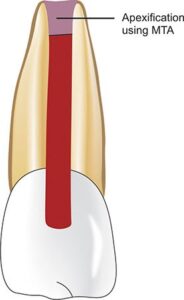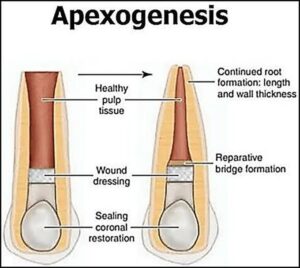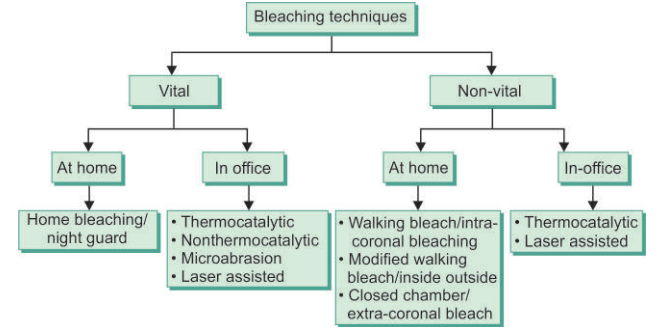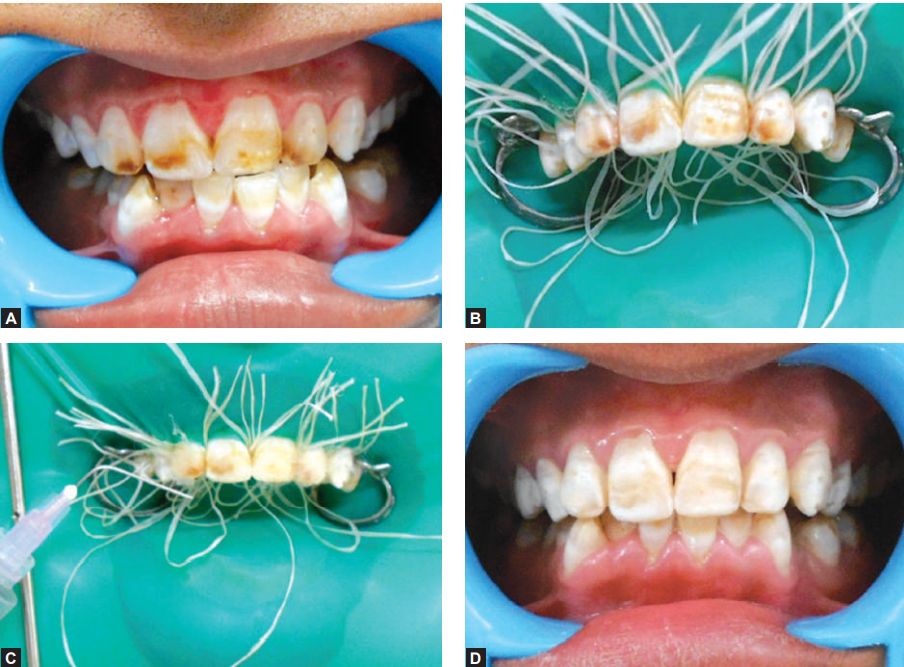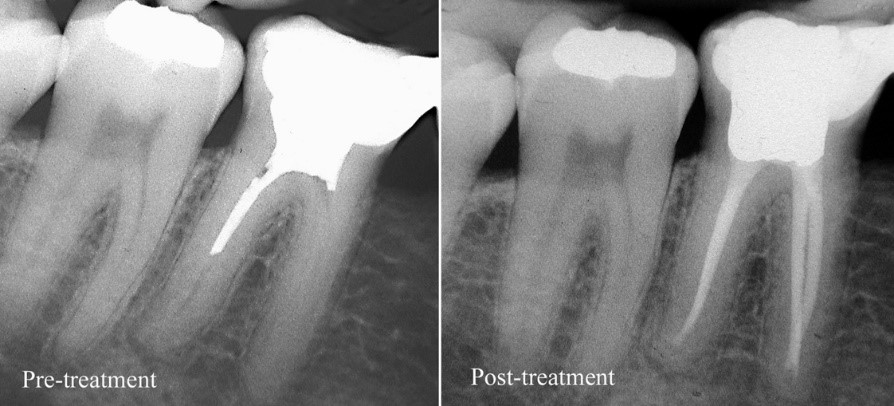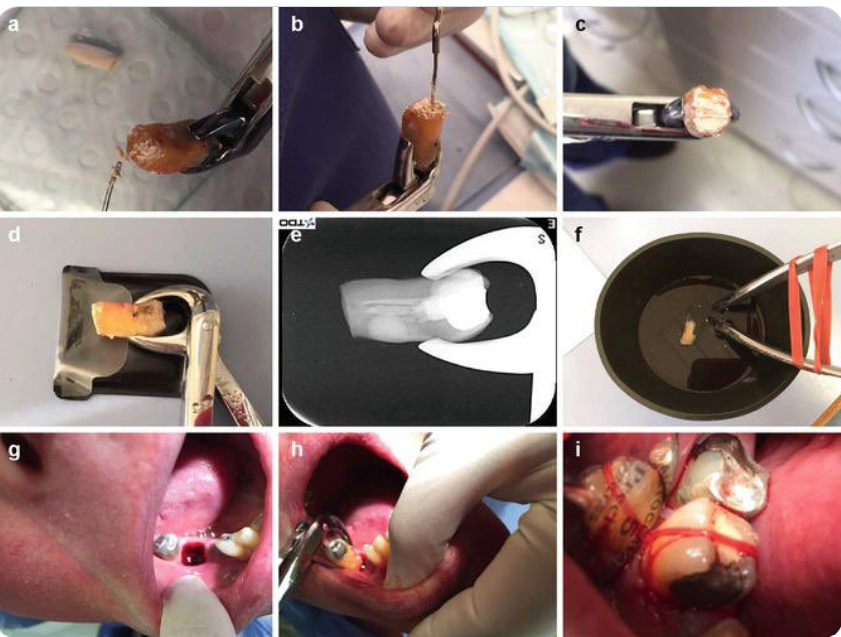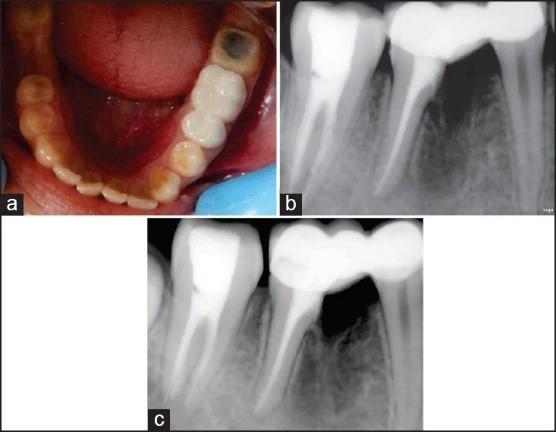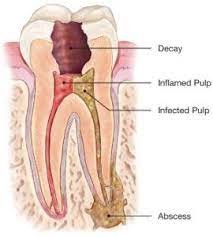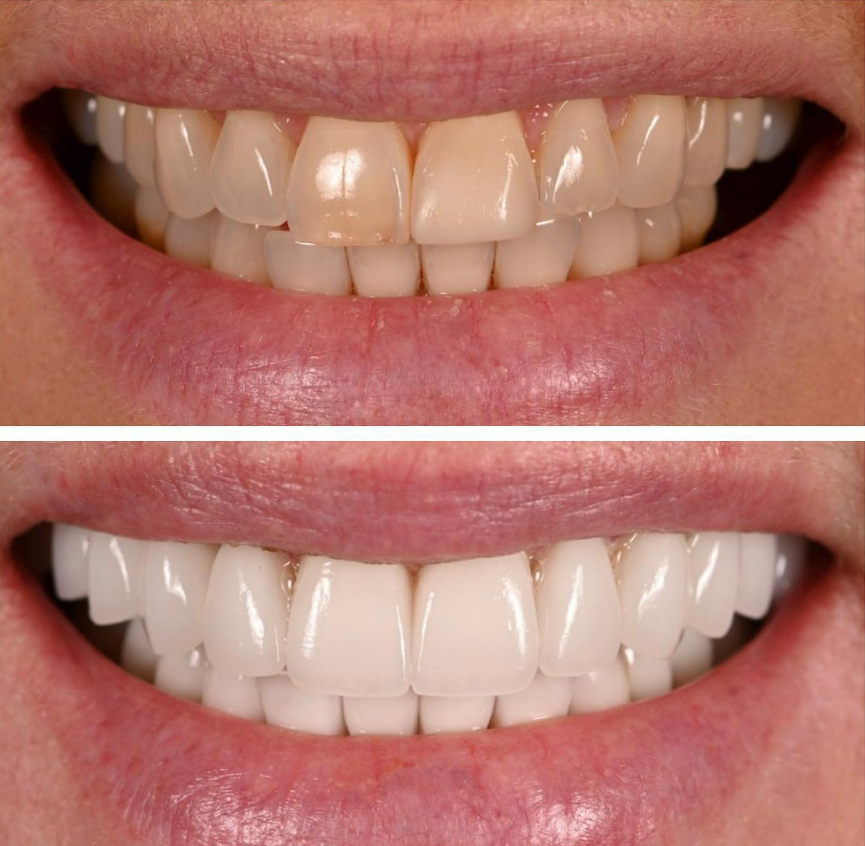Most of the people who are reading this article will be either a dentist or students doing MDS or BDS or someone seeking dental treatment. So, you all be familiar with the term endodontics.
I heard the name endodontics first in my life when I had a severe toothache and was supposed to do Root Canal Treatment. My father took me to a clinic and asked me to wait for some time as the endodontist was busy with some cases. And I asked him why any other doctor couldn’t do Root Canal Treatment for me. Then he replied, that they are specialists in Root Canal Treatment and are masters in that.
After hearing this my heartbeat got down and I was relaxed.
So, whenever I hear the term endodontist always Root Canal Treatment used to comes to my mind. Then as time passed after many years, I completed my BDS and was preparing for MDS Finally I got a seat in Endodontics at Divya Jyoti College of Dental Science and Research the incident of toothache which occurred to me long back stricken in my mind. That day endodontist treated my toothache It’s been more than 10 years, and I don’t feel any pain or discomfort in my tooth.
I am thankful to my endodontist for the same. I think most of the people who are reading this might have experienced the same.
Once I got into my Post Graduation course I came to know that endodontics is not only related to Root Canal Treatment, it’s very vast to Tooth decay, Tooth abscess, Tooth injury, Cracked tooth Restoration, Composite Build up, placement of Veneer, Lumineers, Bleaching, Endodontic Surgery, Smile Designing, Placement of Post and Core build up and many more.
“Endodontics can also be called Back Bone of Dentistry”
When we talk scientifically Endodontics is a Greek word En means inside and odont means tooth.
Endodontics is a branch of dentistry that deals with the disease of the dental pulp and periradicular tissue. In other words, Endodontics can be defined as a branch of dentistry that deals with the morphology, physiology, and pathology of human pulp and periradicular tissues.
Contents
WHEN SHOULD I MEET OR CALL AN ENDODONTIST?
You can meet an endodontist when you have a severe toothache, swelling related to the tooth, sensitivity, dental caries, etc. When you see an initial dental caries you have to meet an endodontist and get the restoration done. But out of my experience, I have seen people getting an appointment with an endodontist only after the situation worsens or end up with a severe toothache.
WHAT THE ENDODONTIST DOES WHEN I HAVE SEVERE TOOTHACHE?
First, your chief complaint and medical history will be taken. In the next step oral examination will be done and will be asked to take an X-ray, in dental terms we used to say IOPA is a form of X-ray where the selected tooth will be seen in a film. The endodontist will do a thorough examination of the IOPA. In most cases dental caries or infections have approached the pulp or reached the pulp then we will do Root Canal Treatment of the tooth.
In scientific terms, we define endodontics as a branch of dentistry dealing with the morphology, physiology, and pathology of human pulp and periradicular tissues.
WHAT ARE THE TREATMENTS?
Endodontics mainly deals with the diagnosis of the orofacial pain of pulpal and periradicular tissue. In endodontics, the main diagnosis is vital pulp therapy such as pulp capping, pulpotomy, apexification, apexogenisis, and pulpotomy.
Pulpotomy
It is a procedure commonly done in children but also can be done in adults. Pulpotomy refers to the coronal extirpation of vital pulp tissue. It’s of two types: Partial pulpotomy and Full pulpotomy.
In partial pulpotomy, the coronal pulp is removed till the healthy pulp.
In Full Pulpotomy or Cervical Pulpotomy removal of entire pulp till the level of Root Orifice.
Apexification
Apexification is a method of inducing a calcific barrier at the apex of a nonvital tooth with incomplete root formation. The most commonly used material for apexification is calcium hydroxide. But apexification using MTA is preferred over calcium hydroxide for apexification.
Apexogenesis
Aoexogenisis is defined as the treatment of vital pulp by capping or pulpotomy to permit continued growth of the root and closure of the root apex.
In endodontics most of the cases we do by nonsurgical, but there are cases with non-surgical cases we have to go for endodontic surgery to heal.
Bleaching
Bleaching of the teeth, as most people want their teeth to look white in color.
There are different bleaching techniques.
Bleaching could be a strategy that includes helping the color of a tooth through the application of a chemical agent to oxidize the natural pigmentation within the tooth. The goal of bleaching is to re-establish the typical color of a tooth by lightening the stain with a capable oxidizing agent, also known as a bleaching agent.
This is the case report of bleaching:
- In Figure A preoperative clinical photograph.
- In Figure B Rubber dam application before bleaching.
- Figure C Application of the bleaching agent.
- In Figure D Postoperative photograph after bleaching.
HOW THE BLEACHING IS DONE?
First, we have to isolate the teeth using a rubber dam and the bleaching agent has to be applied to the teeth for 5 minutes. Wash the teeth using warm water and reapply the bleaching agent until the desired color is reached.
Re-Treatment
Retreatment of endodontically treated teeth, like some patients, will be referred from outside for any failure Root Canal Treatment. Restoration of the carious tooth. In cases where the tooth or the crown structure is less, so in such cases, we don’t have to extract that tooth instead we can do RCT and go for post-placement and core build-up followed by a crown.
INTENSIONAL REPLANTATION
Intentional replantation is the extraction of a tooth to do extraoral root canal treatment, curettage of apical injury when present, and its replacement in its attachment. It has been proposed as an elective to routine extraction; in any case, it ought to be considered a final resort since the root may be broken amid extraction.
REPLANTATION OF AVULSED TOOTH
Dental avulsion is defined as the complete displacement of the tooth from the alveolar socket.
If a such case comes what u have to do?
I have gone through many cases where the tooth most of the cases anterior tooth avulsed from the socket. In such cases, maximum try to reach a dental clinic or hospital within 20 to 30 minutes.
Where will I keep the avulsed tooth?
The most available thing is milk and saliva as a storage medium. There are many other storage mediums such as HBSS, and Viaspan.
What does an Endodontist do?
The tooth will be replanted and splinted. After one week it will be treated endodontically and calcium hydroxide dressing is placed for 1 month.
Later the tooth was obturated with Gutta-percha.
ENDODONTIC IMPLANTS
Endodontic implants are artificial metal extensions that can safely extend through the tip of a tooth into healthy bone. Endodontic implants increase the root-to-crown ratio and stabilize a tooth with weakened support.
This serves the patient well and avoids years of switching. HEMI SECTION, BICUSPIDISATION, AND ROOT SECTIONHemisection is the cutting of a multi-rooted tooth at its crown, resulting in loss of periodontal attachment. This is done to preserve the original tooth structure and achieve a fixed prosthesis.
BICUSPIDISATION
Bicuspidization is a surgical procedure performed exclusively on mandibular molars in which the mesial and distal roots are separated with their respective crown parts; this separation eliminates furrowing and makes it easier to use an interdental brush for hygienic care.
ROOT CANAL TREATMENT
The major treatment involved in endodontics is Root canal treatment. I used to get a minimum of 3 cases of Root Canals only. While the other cases restorations mainly composite restoration and GIC restoration. Apart from this, I used to get cases of direct veneering.
Root Canal Treatment is also known as RCT. All the caries are assessed using the GV Black classification. In this treatment, all caries will be removed after the assessment.
If the patient is having severe pain, we will local anesthesia. An access opening is done with endo access bur followed by Endo Z bur.
Once the orifice is found will enlarge the orifice using the hand file first followed by rotary files. Now proper cleaning will be done with proper irrigation.
This step is called BMP or biomechanical preparation.
If the patient is having severe pain we used to keep calcium hydroxide intracanal medicament in the canal. After this step, obturation is done with a good sealer. Followed by permanent restoration and cap or crown.
If all these steps are done in a single day it’s called single setting RCT. But if there is any lesion in the radiograph or if it is a case of abscess or swelling we should not do it in a single visit.
Now the question arises is will it be painful?
No, as I mentioned above all the procedures will be done under local anesthesia.
VENEERING
Dental veneers are thin tooth-colored shells that are attached to the front surface of the tooth. There are different types of veneer such as porcelain veneer, laminate veneer or Lumineers, zirconia veneer, pressable veneer, direct and indirect composite veneer, Porcera, Ips impress, ceramic, dura thin, CAD/CAD.
In veneering, there will be only minimal tooth reduction ranging from 0.1 to 0.3mm. It comes under aesthetic dentistry and even celebrities are doing veneering nowadays.
COMPOSITE CORE BUILD-UP
Some patients used to come with fractured teeth without the pain, in such cases we used to do core build-up using composite.
In some cases, there will be a fractured tooth with severe pain and less tooth structure as shown in the figure. In such cases, we have to do RCT of the tooth followed by placement of the post and core build-up and cap.
Endodontic surgeries are done in cases where non-surgical management doesn’t work. In such cases, we do endodontic surgeries.
HISTORY OF ENDODONTICS
- In the year 1725 Lazare Riviere introduced clove oil for its sedative properties.
- In the year 1728 Pierre Fauchard first described pulp tissue.
- In the year 1746 Pierre Fauchard Described the removal of the pulp tissue.
- In the year 1820 Leonard Koecker Cauterized exposed pulp with the heated instrument and protected it with lead foil.
- In the year 1836 S Spooner suggested arsenic trioxide for pulp devitalization.
Conclusion
This is not the complete article about endodontics as it is a vast category to finish. But I will try my best to finish this in the coming year by providing all the information about Endodontics and Conservative Dentistry.
If you loved this content please do feel free to share it with your friends and people in need.
You can also show your love by commenting below and I will try my best to revert back as soon as possible.
